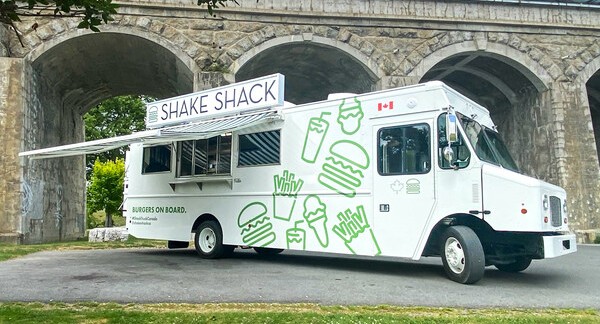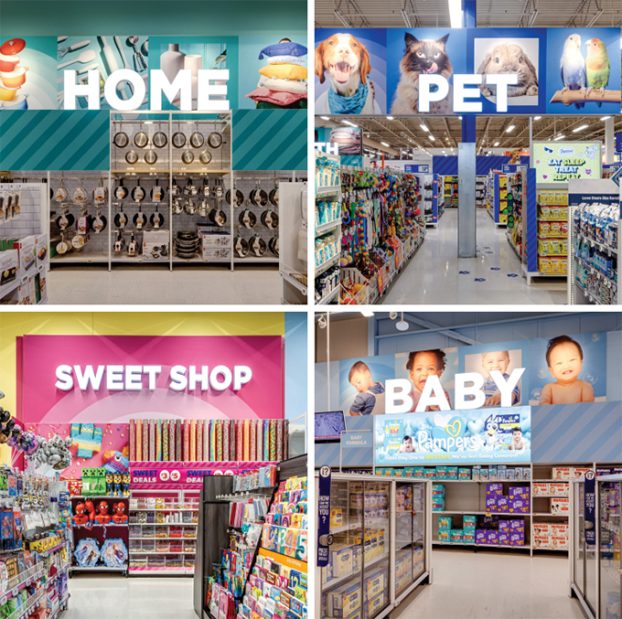With the relaunch of its widely celebrated “True Stories” platform, Tim Hortons has returned to a strategy dating back to 1994 aimed at positioning the brand as a truly indelible part of the Canadian identity.
On Nov. 29, the donut and coffee chain unveiled the first spot in a series of six new ads that represents its largest investment in brand marketing since its 2014 acquisition by Restaurant Brands International, a company with a portfolio that includes the Popeyes and Burger King QSR chains.
The spot re-launching the “True Stories” platform is “Little Man with a Big Heart,” a 30-second spot involving scripted reenactments of interviews with Conor Raichel and his mother – a story originally submitted by Kelsey Kuefler, a former Tim Hortons employee.
[iframe_youtube video=”z9J6Qq5Ppfs”]
The commercial – which touches on a story of generosity shown to a stranger during Christmas – was first shared online on Nov. 29 (both in Canada and the U.S.) to align with the holiday season and will begin airing on TV Dec. 5. Five other spots are set to follow in 2019.
Unlike the “True Stories” of old, this one is, by all appearances, entirely true. Earlier iterations of the campaign, such as one featuring an immigrant family and another showing a proud hockey dad, were later revealed to have been only loosely inspired by true events. The new ads take fewer creative liberties and aim to recount the stories of Tim Hortons customers with heart-warming accuracy.
Since last year, Canadian work from Tims has been led by Toronto’s Zulu Alpha Kilo. But the new “True Stories” format was developed by global agency Gut, a shop led by Anselmo Ramos and Gastón Bigio, co-founders of agency David. David is the agency behind a lot of the work for RBI’s Burger King (Zulu will continue to lead creative work specific to the Canadian market).
The new agency relationship follows the recent hiring of Coca-Cola veteran Paloma Azulay into the newly created role of global creative head for the brand. Azulay began her career at the beverage co. in her native Brazil, before moving into creative director roles in Europe. Through that work, she had an existing relationship with the founders at Gut. As part of a larger restructuring at Tim Hortons, Jana Goodbaum is also now leading global brand image and Jorge Zaidan is head of marketing for its Canadian work.
[iframe_youtube video=”YKZpIjq-_Rs”]
Before moving to Canada, Azulay didn’t know the Tim Hortons brand. Upon joining the team, she discovered the “True Stories” website (which has been refreshed) containing 18,000 stories published organically by customers since 2008. She says she quickly came to see it as a “goldmine” of creative inspiration and of authentic expressions of the “love affair” that Canadians already have with the brand.
Whereas the platform was more broadcast-oriented in the past, the company is hoping to leverage the new website to push more online engagement. The goal, ultimately, is to continue crowdfunding content that can be used at other cultural moments throughout the year.
The new spots strike a similar emotional chord as previous iterations, building resonance with a brand that has faced a slew of difficulties over the last year, including dispute with franchisees and accusations of mismanaging marketing budgets. Over the last year, Tim’s has deployed a similar tactic with one campaign that encouraged customers to be good neighbours and another showing its support of amateur hockey in Kenya. Overall, Azulay says the creative strategy is about striking a balance between product-focused communications and more emotional brand building.
In an April interview with strategy, newly named Tim Horton’s CMO Axel Schwan (former global CMO of Burger King) suggested the brand would be making bean sourcing and coffee-making process a focus of its communications. Just because Tim’s has returned to “True Stories” in a big way doesn’t mean it won’t be going product-focused work, says Azulay, because it will continue looking to capitalize on the brand’s Canadian roots.
“The raw material is there. The brand is already in culture, and we just need to embrace it to give voice to Canadians.”























